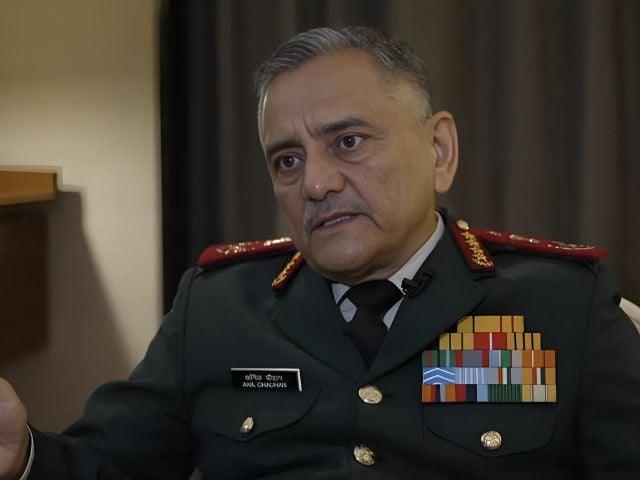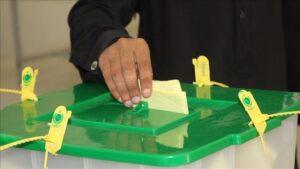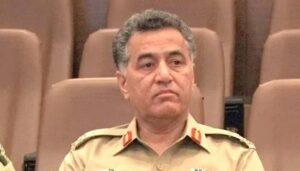The Army of India has officially confirmed the loss of its combat planes during May’s clashes with Pakistan, marking the first official recognition of air losses in the current conflict.
General Anil Chauhan, Chief of Staff of the Defense of the Armed Forces of India, revealed the information in an interview with Bloomberg Television on Saturday, during the Belicon of the Shangri-La dialogue in Singapore.
However, he denied Pakistan’s account that six Indian aircraft be demolished, choosing not specifying the exact number of lost airplanes.
“The important thing is not that the plane is down, but why they were going down,” said Chauhan. “The numbers are not important.”
His comments followed the confirmation of Pakistan, including a statement by Prime Minister Shehbaz Sharif, who confirmed that the Pakistan Air Force had knocked down a sixth Indian plane, a 2000 Mirage, near Srinagar on the night of May 6 to 7.
Chauhan further discussed tactical errors committed during the conflict, noting that the Indian Army had resumed air operations only two days later and carried out long -range precision attacks.
“The good part is that we can understand tactical errors, remedy and implement them again,” he added.
Although General Chauhan did not specify the number of lost airplanes, a leader of the Bharatiya Janata (BJP) Senior party, Subramanian Swamy, had previously recognized the loss of at least five Indian planes during the clash against Pakistan.
READ MORE: The French intelligence officer confirms Rafale’s fall by Pakistan
Speaking in a podcast, Swamy confirmed that Pakistan had demolished five Indian combat planes, including Rafale aircraft, during military exchange.
He also commented on the performance of Indian and Pakistani aircraft, stating: “Pakistan knocked down five of our aircraft with Chinese combat planes.” He admitted that “Chinese airplanes had surpassed the French raphales.”
Previously, Pakistan’s reports indicated that the Indian forces had suffered significant losses during clashes, including the fall of three Rafale aircraft, a critical asset for the Indian Air Force.
Following these losses, both nations dedicated themselves to heavy air attacks, and Pakistan had declared neutralized Israeli manufacturing drones launched by India.
READ MORE: US officials confirm that Pakistan knocked down at least two Indian planes, including Rafale
On the potential of nuclear climbing, General Chauhan dismissed such concerns, labeling them as “crazy.”
He stressed that there was a significant gap between conventional operations and the nuclear threshold.
In addition, Chauhan said that the communication channels between India and Pakistan remained open throughout the fight, which helped manage the situation.
“There are more subconscious that can be exploited to solve our problems,” he said.
The conflict between India and Pakistan initially intensified on April 22, after an attack in the Pahalgam area of Jammu and Kashmira occupied by the 11 of India killed 26 people. India blamed Pakistan for the incident without providing any evidence. Islamabad denied India’s claims and requested an independent investigation.
India suspended the 65-year-old Indus Water Treaty, canceled visas and the closure of border crossings that lead to Tit -for-OT measures by Pakistan.
READ: India approves the stealthy reaction plan in the midst of tensions with Pakistan
The military commitment intensified even more with missile attacks on May 7 aimed at several cities in Punjab and Azad Jammu and Kashmir, followed by Pakistan that disappointed Indian combat planes.
As hostilities increased, both countries launched military attacks, with India hitting the Pakistani air bases and pakistan reprisals damaging the storage sites of Indian missiles and other strategic objectives.
By May 10, diplomatic efforts led by the United States resulted in a high fire agreement, although both countries continue to participate in a war of narratives.




